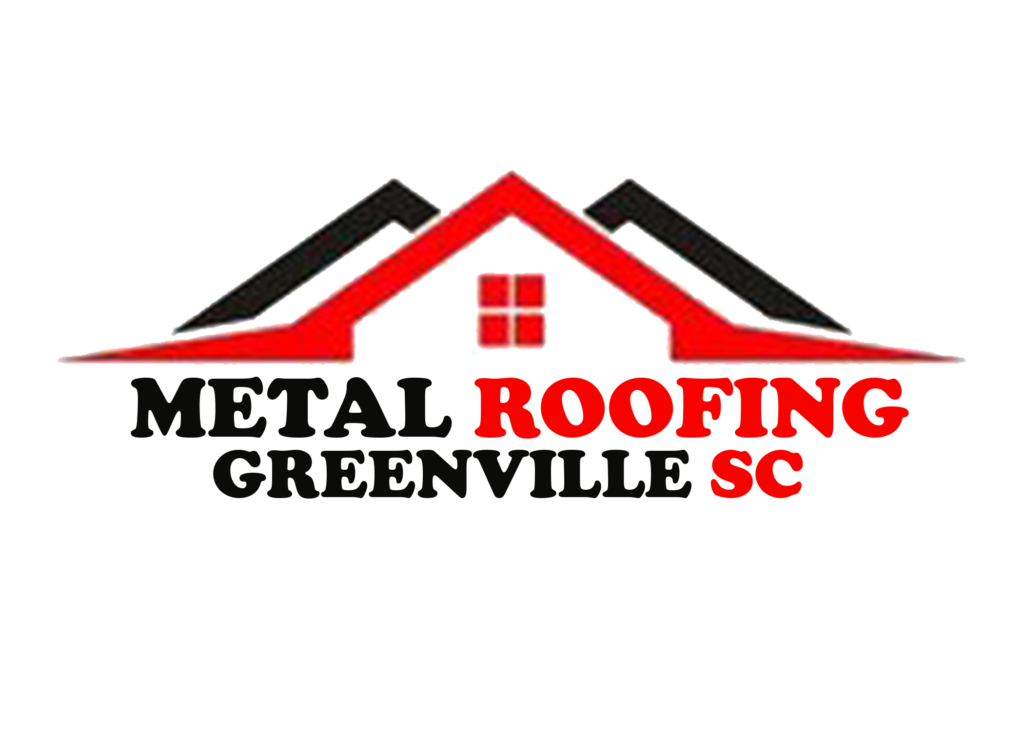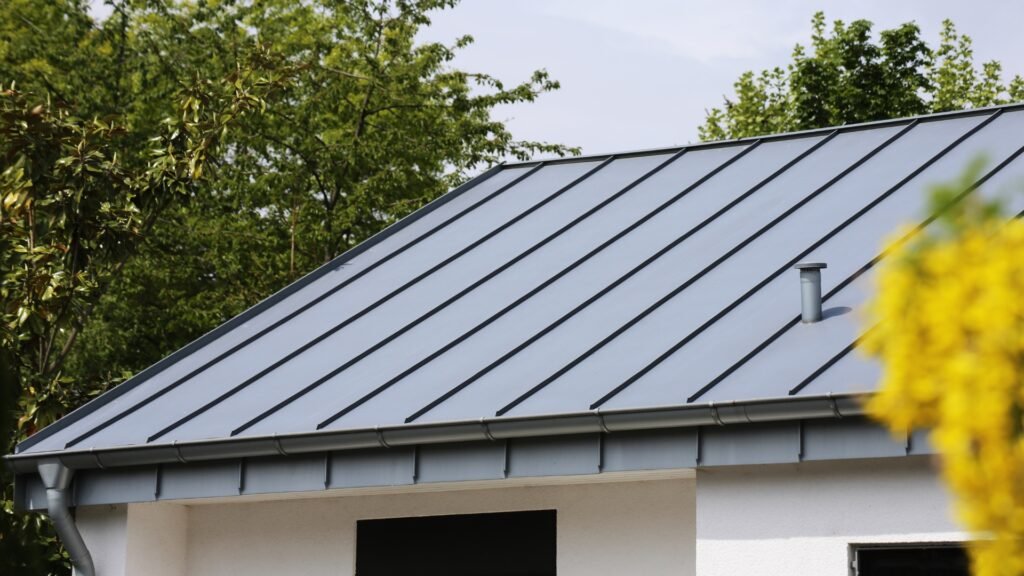In the realm of roofing, durability is a cornerstone consideration for homeowners and builders alike. A key question frequently asked is, “How long do metal roofs last?” This query reflects not just curiosity but a practical need to understand the long-term investment potential of metal roofing solutions.
Metal roofs are renowned for their longevity and resilience, offering substantial benefits over traditional roofing materials like asphalt shingles or wood shakes. This article delves into the factors influencing the lifespan of metal roofs, the average longevity of different metal types, maintenance practices to extend their durability, and their environmental sustainability.
By exploring these facets, you’ll gain insights into why metal roofs have become a preferred choice for durability-conscious homeowners and businesses seeking reliable, long-term roofing solutions. Whether you’re considering a roof replacement or planning for the future, understanding the lifespan of metal roofs is crucial for making informed decisions.
Stay tuned as we uncover everything you need to know about how long metal roofs can last and what you can do to maximize their lifespan. Let’s dive into the durability and longevity of metal roofs to help you make the best choice for your property.
Factors Influencing Metal Roof Lifespan
Several critical factors influence the lifespan of metal roofs, making them a durable choice for residential and commercial properties alike. Understanding these factors can help you maximize the longevity of your investment.
Material Types: Different metals offer varying degrees of durability. For instance, aluminum, steel, copper, and zinc each have unique properties that affect how long they can withstand the elements.
Climate Considerations: The geographical location plays a significant role in a metal roof’s lifespan. Harsh climates with extreme temperatures or high humidity levels can impact how well the roof holds up over time.
Installation Quality: Proper installation by experienced professionals is essential for ensuring the longevity of a metal roof. Correct installation techniques prevent issues such as leaks or premature wear and tear.
Maintenance: Regular maintenance, including inspections and repairs, can significantly extend the lifespan of a metal roof. Timely detection and correction of minor issues prevent them from escalating into more significant problems.
By considering these factors when choosing and maintaining your metal roof, you can ensure optimal performance and longevity, making it a worthwhile investment for your property.
Average Lifespan of Different Metal Roof Types
When deciding on a metal roof, understanding the average lifespan of different types can guide your choice and long-term planning. Here’s a breakdown of the durability you can expect from various metal roofing materials:
Aluminum Roofs: Known for their lightweight nature and resistance to corrosion, aluminum roofs can last anywhere from 40 to 70 years with proper maintenance.
Steel Roofs: Steel roofs are highly durable and can withstand harsh weather conditions. They typically have a lifespan ranging from 30 to 50 years, depending on the quality of the coating applied.
Copper Roofs: Copper roofs are renowned for their beauty and longevity. They can last well over 100 years with minimal maintenance, developing an attractive patina over time.
Zinc Roofs: Zinc roofs are durable and self-healing, making them resistant to corrosion and weathering. They have an average lifespan of 50 to 100 years, depending on environmental factors.
Choosing the right metal roofing material involves considering factors such as climate, budget, and aesthetic preferences. By selecting a metal roof with a lifespan that aligns with your needs, you can enjoy durable protection for decades to come.
Maintenance Practices to Extend Lifespan
Proper maintenance is crucial for maximizing the lifespan of your metal roof and ensuring its durability over time. Here are essential maintenance practices to consider:
Regular Inspections: Schedule annual inspections by a professional roofing contractor to detect any signs of damage or wear early on.
Cleaning Procedures: Keep the roof clean from debris, leaves, and branches that can accumulate and retain moisture, leading to potential corrosion.
Repairing Minor Damages: Promptly address any small issues such as loose screws, sealant gaps, or minor dents to prevent them from developing into more significant problems.
Coating Reapplication: If your metal roof has a protective coating, consider reapplying it as recommended by the manufacturer to enhance its resistance to weather elements.
Gutter Maintenance: Ensure gutters and downspouts are clear of debris to prevent water buildup, which can damage both the roof and the structure beneath it.
By following these maintenance tips regularly, you can extend the lifespan of your metal roof and maintain its optimal performance for years to come.
Environmental Impact and Sustainability
Metal roofs are not only durable but also environmentally friendly, offering several sustainability benefits:
Recyclability: Metal roofs are highly recyclable at the end of their lifespan, contributing to reduced waste and environmental impact compared to traditional roofing materials.
Energy Efficiency: Reflective coatings on metal roofs can help reduce cooling costs by reflecting solar radiant heat away from the building, thereby lowering energy consumption.
Longevity: The long lifespan of metal roofs means fewer replacements over time, further reducing materials usage and waste generation.
Green Building Certifications: Metal roofs often contribute to earning points for green building certifications like LEED (Leadership in Energy and Environmental Design), showcasing their environmental benefits.
Choosing a metal roof can align with sustainability goals while providing durable protection for your home or building.
Comparisons with Other Roofing Materials
When considering roofing options, comparing metal roofs with other materials highlights their advantages:
Durability: Metal roofs typically outlast traditional materials like asphalt shingles, which may need replacement every 15-30 years.
Maintenance: Metal roofs often require less maintenance compared to materials like wood shakes or tile, which can be more susceptible to weathering and damage.
Energy Efficiency: Reflective metal roofs can reduce cooling costs by reflecting sunlight, unlike materials that absorb heat like asphalt.
Environmental Impact: Metal roofs are recyclable at the end of their lifespan, unlike non-recyclable materials such as asphalt shingles.
Choosing a metal roof over traditional options can offer long-term savings and environmental benefits, making it a sustainable choice for your property.
Conclusion: Choosing the Best Roofing Option
Understanding the factors influencing the lifespan of metal roofs and their comparison with traditional roofing materials reveals why metal roofs are a superior choice for durability and sustainability. By opting for a metal roof, you not only ensure long-lasting protection for your property but also contribute to environmental conservation through recyclability and energy efficiency.
Whether you prioritize longevity, minimal maintenance, or energy savings, a metal roof aligns with various needs and offers significant advantages over other roofing materials. Make an informed decision today to invest in a metal roof that enhances both the resilience and sustainability of your home or building.


